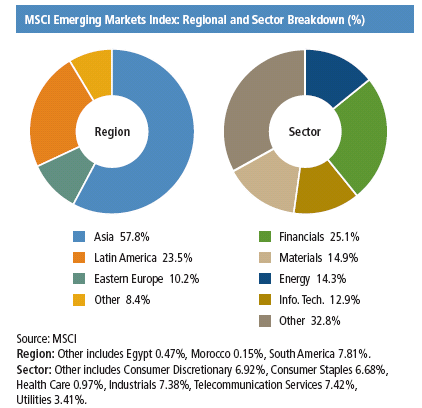Investing Growth and the markets
Post on: 8 Август, 2016 No Comment

Growth and the markets
Add this article to your reading list by clicking this button
THIS week’s leader on the Dow points to the vast gulf between the performance of the US stockmarket and economy on the one hand, and the Chinese economy and the stockmarket on the other. Although it is often assumed that the domestic economy is the main driver of the stockmarket, it usually isn’t. A study by Bank of New York Mellon of the relationship between US GDP growth and the S&P 500 between 1970 and 2012 found virtually no link (an r-squared of 0.0146).
Think of the market as driven by the change in corporate earnings and the rating applied to those earnings (a truism). Domestic earnings depend not just on the GDP growth rate but on the level of profits relative to GDP; and international earnings depend on the strength of the world economy, currency movements etc. Profits are very high relative to GDP in the US at the moment which is partly down to international operations and partly down to the sluggish nature of wage growth; the latter may be good for the corporate sector but not for the economy as a whole.
The rating of earnings may be affected by a number of other factors including the optimism of investors, the creation (or destruction) of new equities by the corporate sector and the attractions of alternative assets. So there is a lot going on.
A more comprehensive look at this factor was conducted by Elroy Dimson, Paul Marsh and Mike Staunton of the London Business School, whose work featured in a previous column. The profs
take the records of 83 countries from 1972 to 2009 (the most comprehensive set available) and rank them by GDP growth over the previous five years. Investing each year in the countries with the highest economic growth over the preceding five years earned an annual return of 18.4%, but investing in the lowest-growth countries returned 25.1%.
One might object that the professors are looking backwards while the market looks forward. But in a great 2005 paper. Jay Ritter of the University of Florida used the LBS data to look at more than a century of markets. He found that
there is a cross-sectional correlation of minus 0.37 for the compounded real return on equities and the compounded growth rate of real per capita GDP for 16 countries over the 1900–2002 period.
That finding is not compatible with the psychic stockmarket argument. Clearly, in 1900 stockmarkets would have been looking ahead to the economy of 1901, in 1901 to 1902 and so on. Over time, this should have led to a close relationship between the two. The same goes for the current rally. You can’t argue that the Dow is merely looking ahead to a great US economy in 2013 (not least because the consensus forecast is 2.1%); it has doubled since 2009. In 2009, psychic investors would have expected a robust economy in 2010 and so on. It didn’t happen .
Why is this relationship so weak? Professor Ritter writes that
The reason that future economic growth is largely irrelevant to predicting stock returns in an economy is as follows. Investors realize returns on stocks that they hold today. If an economy grows because personal savings are invested in new firms, or invested in existing firms through debt and equity infusions, the gains on this capital investment do not accrue to existing shareholders.
In other words, existing shareholders get diluted. Another paper by William Bernstein and Robert Arnott found that, in many countries, this dilution effect was 2% a year. That explains why dividend and earnings per share growth have lagged GDP growth in many countries, helping again to explain the lack of correlation between growth and market returns. Of course, at the moment, US companies are tending to shrink the supply of equity via buy-backs; that helps explain the buoyancy of the Dow. But buy-back volumes are highly variable and, as Andrew Lapthorne of SG has pointed out. executives are terrible at market timing; buying most at the top of the market.
Of course, there will be occasions when the economy drives the market if there is an unexpected dip into recession or an equally rapid recovery. This doesn’t look like one of those moments. But over the long run, the key to future performance lies in the starting valuation of the market; even here, alas, we tend only to know what looks cheap and dear in retrospect .
Previous
Economic history: Miseryfreude
Next
Economic indicators: Rough trade














